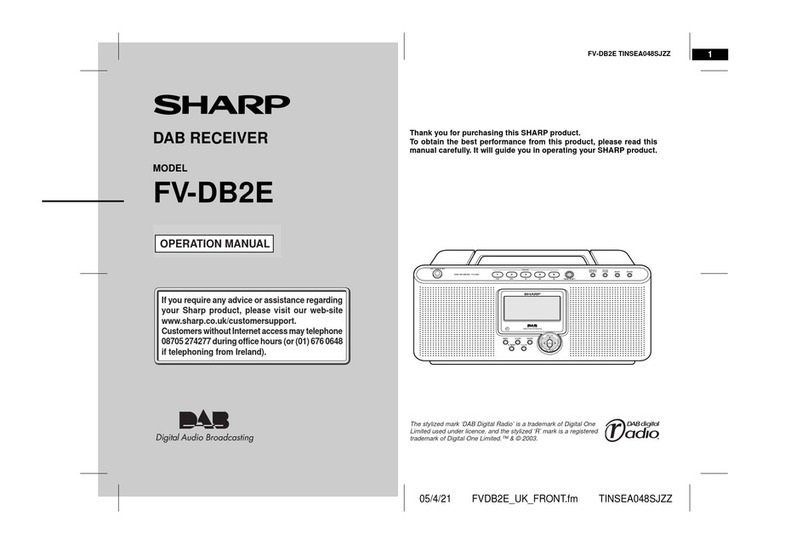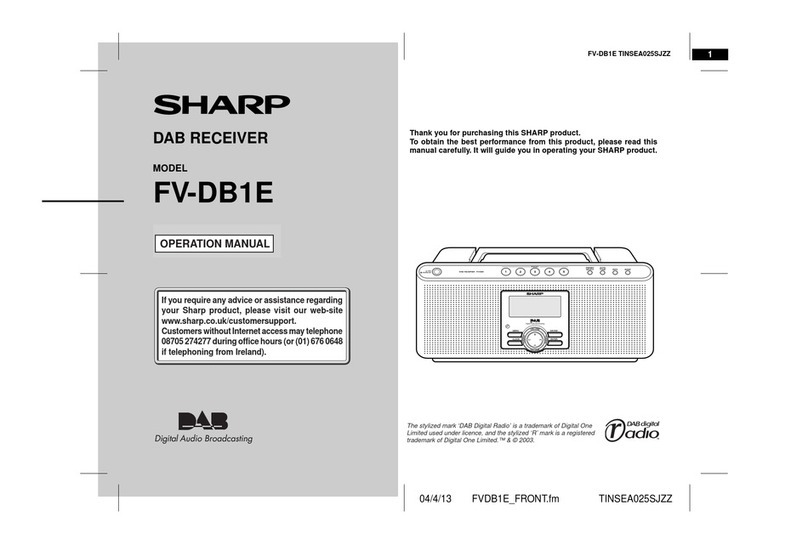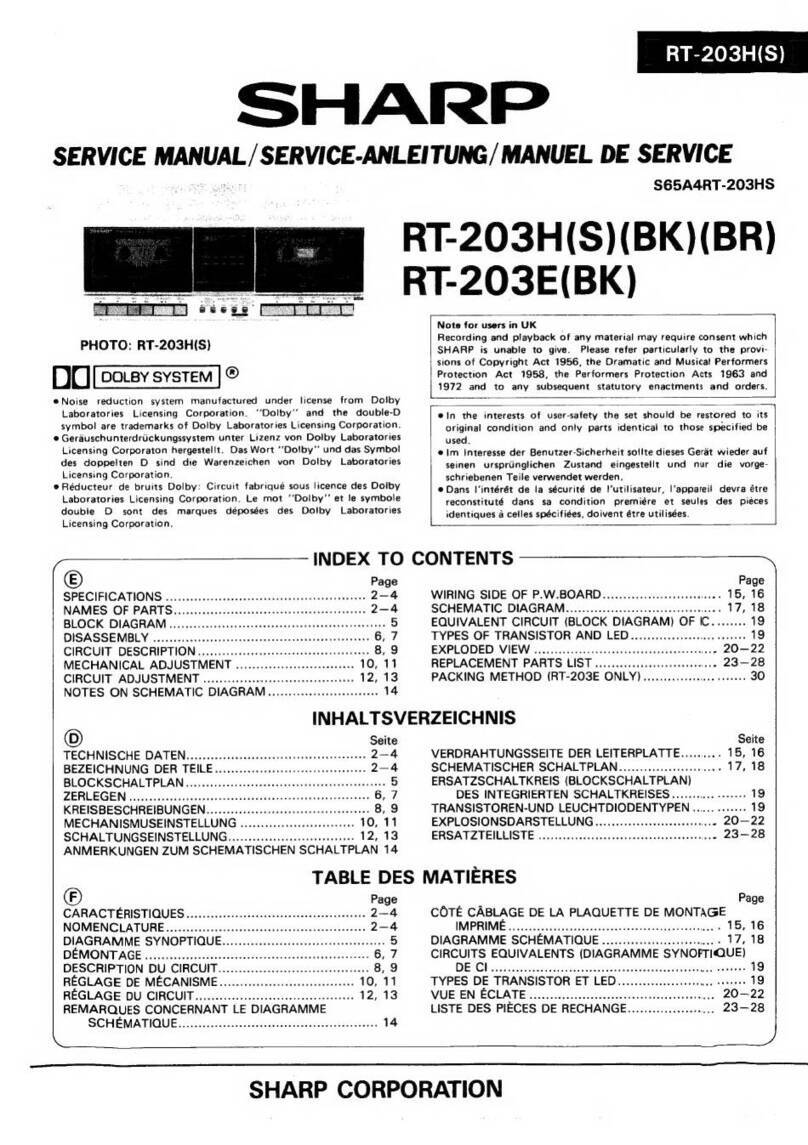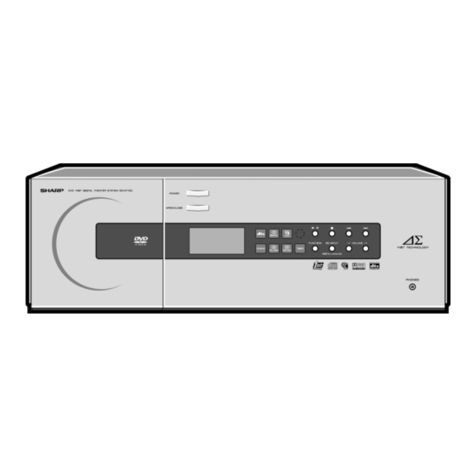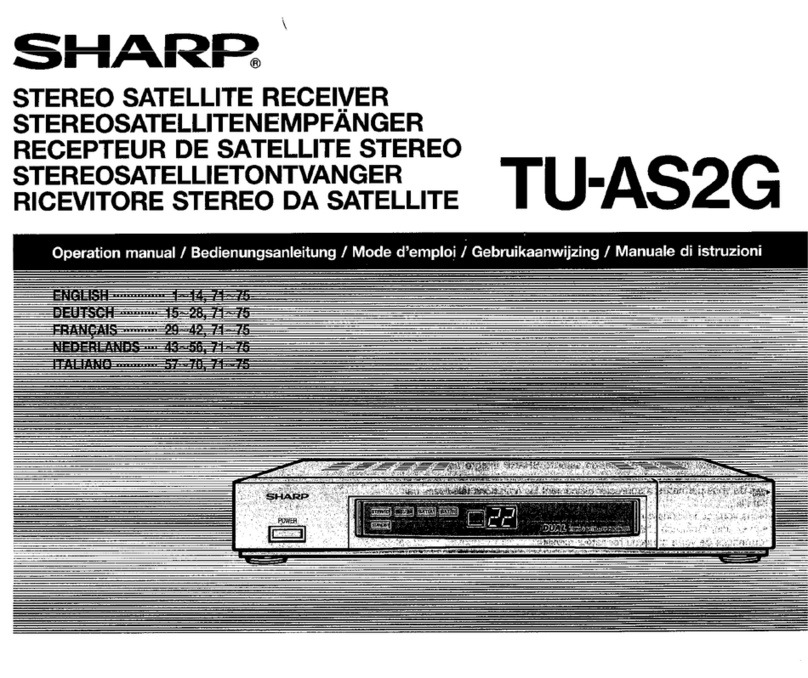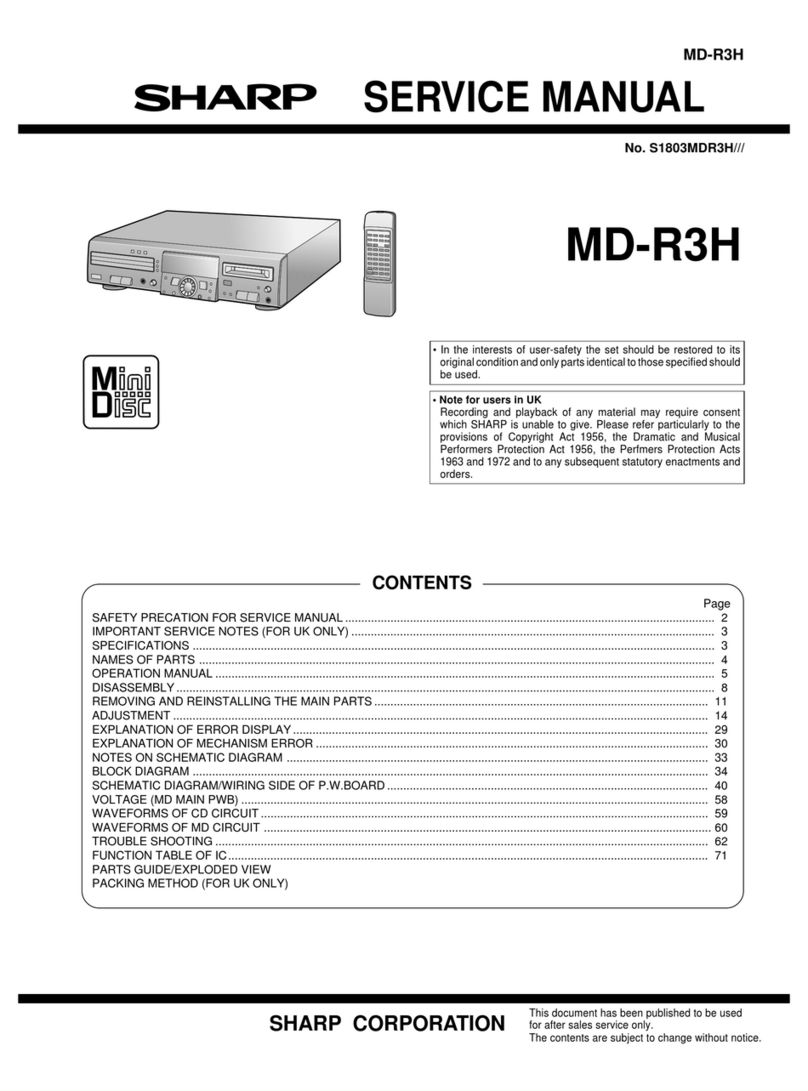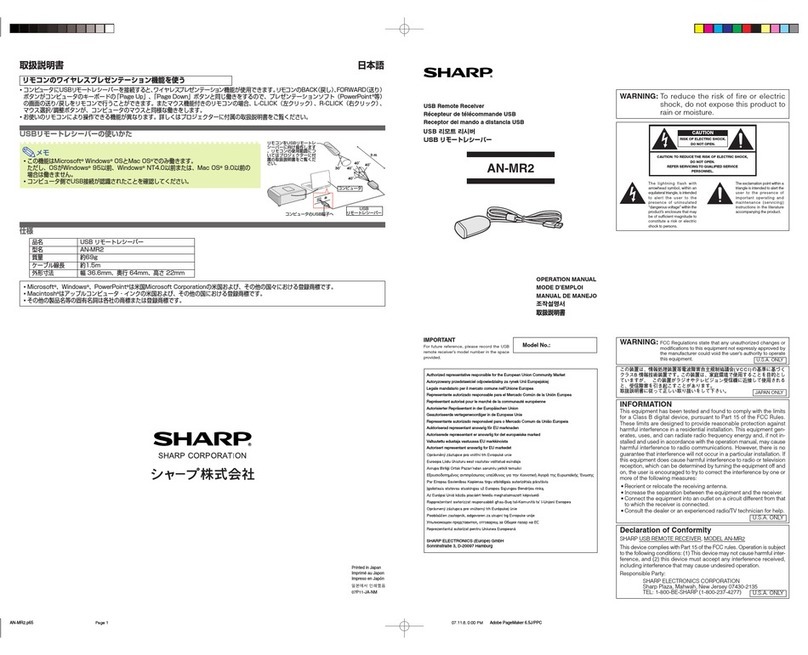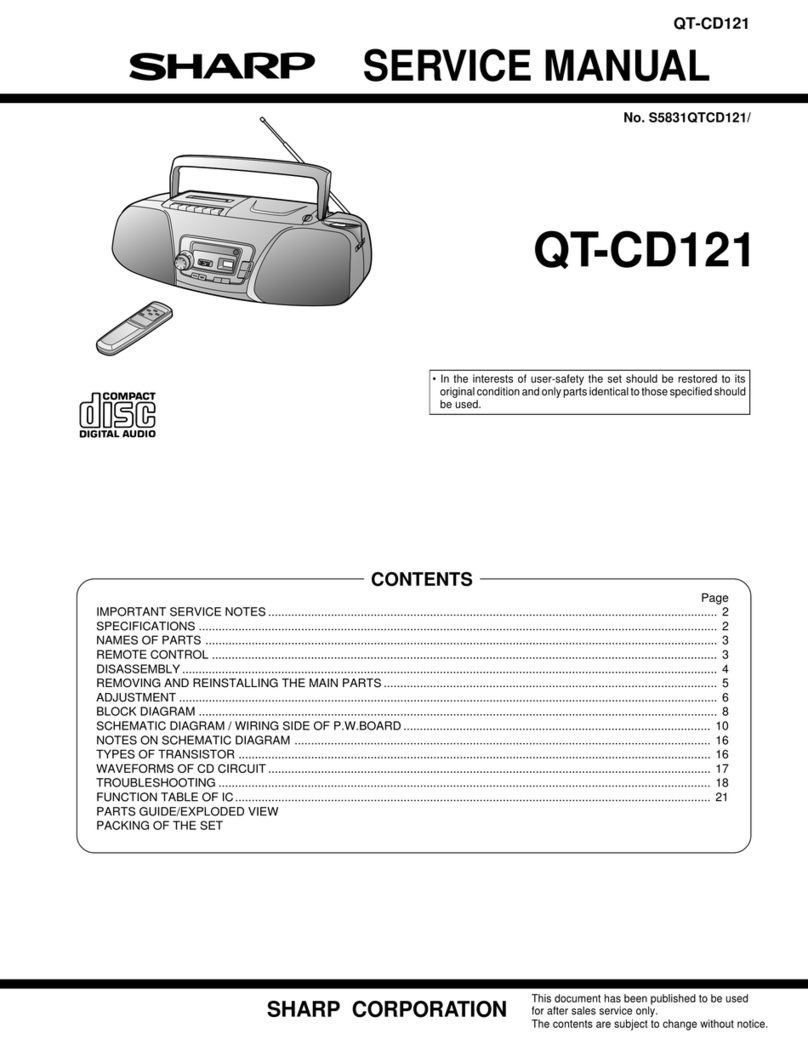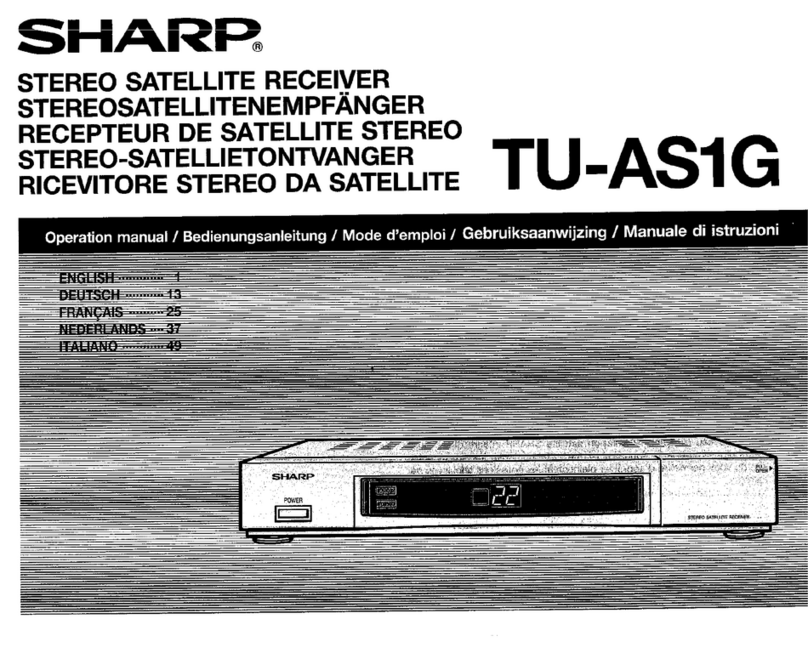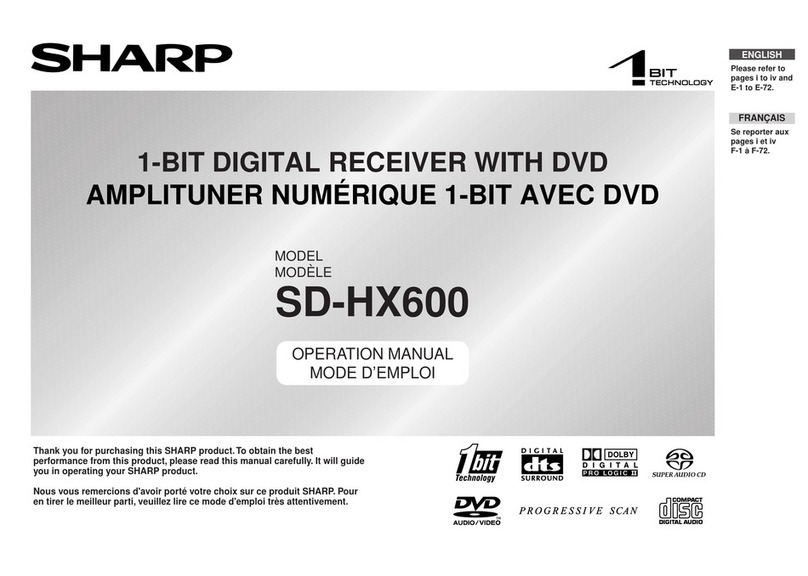
==
Service
MODELS
SC-103H
CP-108H
CONTENTS
AS
BSTAT
TIC
ATH
COINS
ct
arses
boss
egies
aa
asst
saad
lest
planncaoainute
gates
oan
ge
atte
asia
te
2
DUS
ASSENMEL
Yucca
tees
inarcaeaie
ie
ates
asia
eee
deems
non
retin
arioadiominneatn
de
aaelementaldee
3
(PEA
ENN
MMOD
ES
eS
cece
iced
ae
Reve
cia
ta
td
tg
cliche
hae
Slaten
besinea
aca
ehncal
aaa
3
MECHANISM:
ADIUSTMENT
”
°aiccasssteuctantiuiuunetieienedascebietd
ele
I
goaaattte
st
aeieaaagnignnedmmammmiennals
7
ELECTRICAL
MEASUREMENT
<0
ictstacciescleenutae
tgs
iiss
camer
Satatiale
ete
etal
pthnnangte
Resadneniia
12
ATAGNIMEN
TD
INSTRUCTIONS:
OF
TRIN
ERS
:s.2sG:
sista
hisereseas
Hind
asnapaeclhased
xateatc
aces
eSietadalacsatlasa
tobieeaetnaeeeshdaa
ech
21
TROUBWE,
SHOOTING
CHART
5cse55sierscsay
se
discesaediastuprvses
eran
tndtuleactrtootas
ison
eSiasee
amen
naka
asst
ReSaeaed
caveat
26
GRBINGT
EXPLODED
VIEW
suintncaeenrcitendael
a
chalh
patie
iad
ans
date
anal
umonnneanmacacniagn
37,
33
MECHANISM
EXPLODED:
TOP:
VIEW
ozssassccs
aieccacanssliestanmasswcatpnnahaqastiresstetauigectbithaalit
oaceaks
artis
2s
aascenaadasgeanentene
39
MECHANISM
EXPLODED:
BOTROM
VIEW
joccicna
28d.
snarsalinnnnanichotua
ent
Ganda
aan
Mel
antatet
40
‘PRINTED
CIRCUIT
BOARD
VIEW
SCHEMATIC
DIAGRAM
-ahs.ctui2055
dav
toansaspteesazecnni
cin
Gi
tence
mental
nnaeinainigviens
BEARS
EES
Bee
sch
watt
hse
lacay
a
decedent
es
amccan
esi
UR
bape
beatae
Sete
ans
aCe
Sie
nA
this
47-3
SHARP
CORPORATION
oSAKA,
JAPAN
